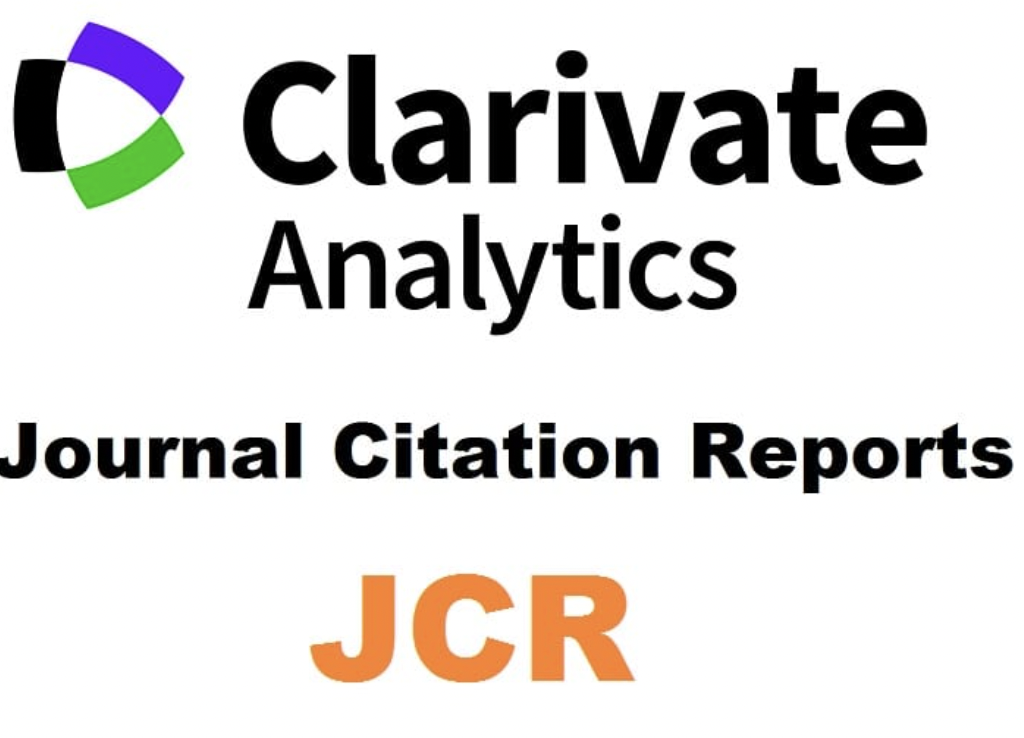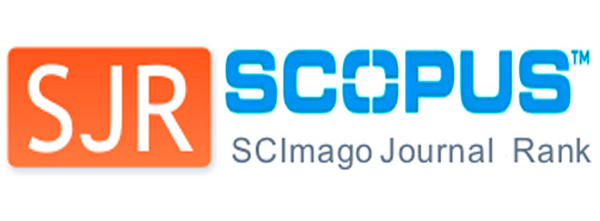Anglicisms and calques in upper social class in pre-revolutionary Cuba (1930–1959): A sociolinguistic analysis
Supporting Agencies
- Cuban Heritage Collection (CHC)
- University of Miami.
Abstract
The geographical proximity and socioeconomic dependence on the United States brought about a deep rooted anglicization of the Cuban Spanish lexis and social strata, especially throughout the Neocolonial period (1902–1959). This study is based on the revision of a renowned newspaper of that time, Diario de la Marina, and the corresponding elaboration of a corpus of English-induced loanwords. Diario de la Marina particularly targeted upper social class, and only crónicas sociales (society pages’ columns) and print advertising were revised because of their fully descriptive texts, which encoded the ruling class ideology and consumerism. The findings show that there existed a high number of lexical and cultural anglicisms in the sociolect in question, and that the sociolinguistic anglicization was openly embraced by the upper socioeconomic stratum, entailing a differentiating sign of sophistication and social stratification. Likewise, a number of the anglicisms collected, particularly those related with social events, are unused in contemporary Cuban Spanish, which suggests a major semantic shifting in this sociolect after 1959.
Downloads
-
Abstract519
-
PDF624
The works published in this journal are subject to the following terms:
1. The Publications Services at the University of Murcia (the publisher) retains the property rights (copyright) of published works, and encourages and enables the reuse of the same under the license specified in item 2.
2. The works are published in the electronic edition of the magazine under a Creative Commons Attribution Non-commercial Share Alike 4.0.
3.Conditions of self-archiving. Authors are encouraged to disseminate pre-print (draft papers prior to being assessed) and/or post-print versions (those reviewed and accepted for publication) of their papers before publication, because it encourages distribution earlier and thus leads to a possible increase in citations and circulation among the academic community.
RoMEO color: green







